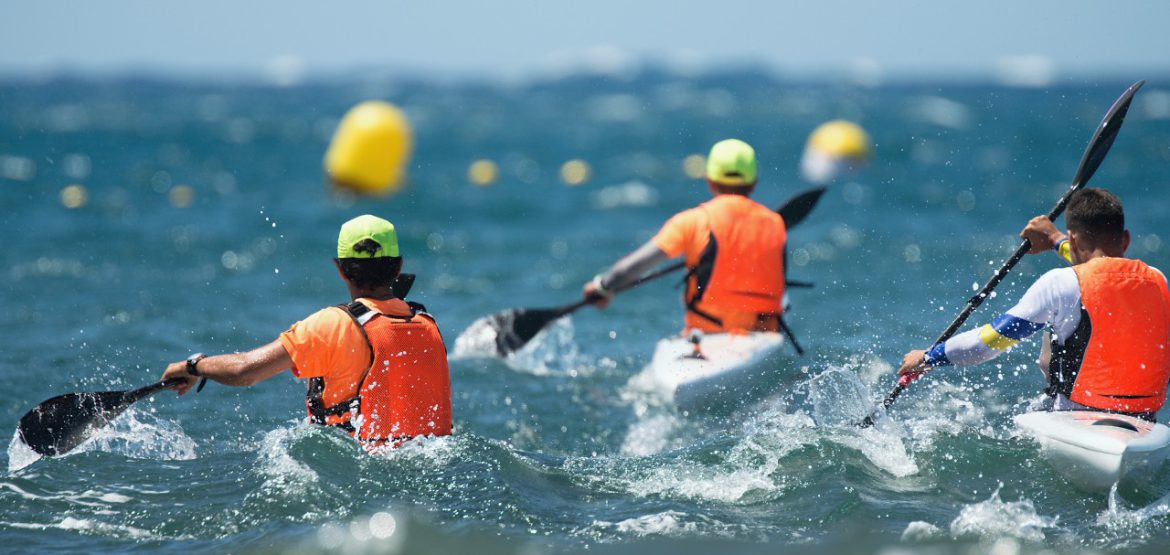In last week’s (Sink or Swim?) article, we looked at the 4 Broad Trends in the World of Work and how these trends are resulting in 5 Key Skill Development Imperatives (Accelerated / Agile / Continuous / Connected / Impactful) for organizations big and small.
All of this is good and dandy, but in the “real” world of work (where sinking is not an option), how could a “skill development” solution address these imperatives? Take a look.
Solution Showcase #1 – “Is this real?” Augmented Reality (AR) App for Operators
Our first real-life example is an Augmented Reality (AR) app for machine operators in a pharma manufacturing plant. Think boring? Think again.
The Need:
With the Operations in the plant running 24×7 and all available machines in continuous operations, it was next to impossible to get and physical machines & equipment for training purposes.
Hence, for training, people were travelling all over the world to a facility that was designated as “training center” with a machine that was dedicated for training. In spite of this, the trainees could get only a limited amount of time to do “hands-on” training.
The Solution:
To solve these problems, an Augmented Reality (AR) Training & Performance Support App was developed from grounds up.
The AR-based training/performance support app is designed to cut down training time but simultaneously accelerate the time-to-competency of operators working at the high-speed pharmaceutical packaging line to quickly upskill on the standard operating procedures (SOP).
Traditional training methods such as, in-person training at the job site supported with written instructions and videos were not effective in the high-pressure factory environment as it greatly inflates the training time resulting in machine scheduling issues and increased production cycle times, which negatively impact productivity.
This does NOT mean that in-person, hands-on training is no longer required, it just means that the total training time is optimized by judiciously dividing it into “virtual” segment (80%) and “in-person” segment (20%).
The Impact:
This is what Vijay Anandraj, PhD, Sify’s head of solutioning had to say about the impact of the app, “The app unleashed the forces of productivity, creativity, and collaboration in ways that were unimagined at the time of project start. The ease of use, intuitive design, and the natural workflow contributed to operators using the app not just for training but also day-to-day work”.
“The reduction in cognitive overload, because operators did not have to think and memorize about every step in the workflow, resulted in higher order problem solving and communication,”
“This resulted in reduced operator learning time by 58%. Significant improvement ‘time to competence’ and confidence of trainee in a safe environment due to muscle memory being built through practice with a virtual machine,”
“Reduced the time it takes for a new or inexperienced operator to perform the SOP (from 12 minutes to an average of 5 minutes) – again, due to improved muscle memory & practice,”
“Saved 1,485 minutes of equipment downtime per week.”
Solution Showcase #2 – “What is reality?” Virtual Reality (VR) Training for Advanced Manufacturing
For the second example, we have Training for Advanced Manufacturing using Virtual Reality or VR headset and controllers.
This is what Dr. Vijay has to say about the solution.
“Whether it is in industry or education, one of the biggest challenges in today’s world of Advanced Manufacturing is the non-availability of state-of-the-art equipment in sufficient numbers and for sufficient length of time to impart effective hands-on training to workers and students,”
“In partnership with one of the biggest manufacturing training organization in the nation, we are in the process of building VR modules where real-world manufacturing training can be experienced in an immersive & interactive environment that is enhanced for spatial, kinesthetic, & higher order problem-solving experiences,”
“The VR Modules focused on general skills required across job roles at a fundamental level using tools and equipment common to a controlled production process to:
A) Create learning scenarios where the users will perform tasks in a hands-on manner in a 3D manufacturing environment.
B) Virtual Environment reflects features of a Manufacturing 4.0 environment with multiple scenario-based activities.
C) Assess tasks and skills performed by learners in the scenarios and provide learning reports and analytics on their performance,”
“Moreover, working in a VR environment can help increase access to the virtual lab equipment and reduce recurring costs of maintaining and running a real-time environment for the purpose of training and education,”
“In addition to VR devices, the App is made accessible to students and new operators via Desktop/Laptop using browsers. This helps to reduce the number of VR headsets to be purchased. It also helps to train people who may not be comfortable using VR headsets or suffer from disorientation (usually, 5-10% of population).”
Solution Showcase #3 – “The Power of i” iPad Hybrid App for Pipeline Field Operators
Next, I would like to showcase an example of an iPad Hybrid App that I am very excited about because this app is designed to deliver video trainings and documentation not just in English, but also in Spanish for the field operators who are not as fluent in the English language.
This is actually a huge deal, why? Imagine if an operator who is still learning English, misunderstands a safety instruction and instead of closing a value, opens it.
Through this app, a field operator has access to technology that not only trains, but also guides through the lifecycle of technical work instructions thus, helps build muscle memory and dissipate cognitive load while ensuring that quality time is available for peer-to-peer collaboration & problem-solving.
Here’s Dr. Vijay again.
“The App delivers interactive videos both Online and in Offline mode at the point of need for the field Operators. Typically, in a linear video-based training, you click “play” to start to the content, with the options to pause, rewind, fast forward and restart the video during the experience,”
“An interactive video gives the viewer the ability to interact with the video content itself through a variety of tools. For example, the users can click, drag, scroll, and complete other digital actions to interact with the video’s content, similar to the way they’d interact with web content,”
“The future plans for the platform include features that will allow subject matter experts (SMEs) or trainers to upload videos using their phones/iPad and publish interactive videos or SOP (Standard Operating Procedures) content without programming skills. Also, an AR module will be added that will help provide contextual, AR-based help and support for Operators with rich learner analytics.”
New Age Technologies for Old Age Pains
From the previous examples, it appears that these cool, new technologies are relevant only for new age manufacturing & advanced engineering industries. But this is not so. These new age technologies can be used for a variety of traditional soft skills trainings that require a new mindset and perspective to solve the ills of society.
One of most exciting use cases is where VR is used to explore, amplify, and mitigate unconscious bias before it can damage an organization’s morale and culture. When you wear a VR headset and literally become another person who is different from you, you “see” life not just from their “eyes”, but you experience raw human emotions through their “eye-of-the-mind”. That changes you forever!
Learning technologies have been around for decades. But something has changed. What? And, why? Next week, we will explore these questions and more.










